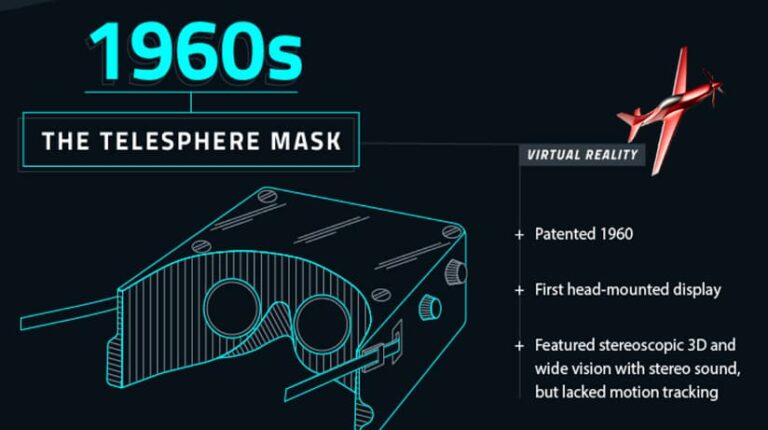Virtual Reality (VR) technology is revolutionizing a wide variety of industries, including aviation, retail, and real estate. In the case of Aviator-game.in, it changes the approach to pilot training that offers immersive simulations for better learning and safety. When it comes to retail and real estate, it reshapes customer involvement by providing virtual tours and experiential shopping that redefine conventional interactions.
This introductory part lays a foundation for an in-depth exploration into different applications of VR – from the improvement of professional capabilities and operational efficiencies to innovative consumer experiences. The pervasiveness of VR across sectors is evident through these examples, which demonstrate that it can substantially change how businesses function or connect with their audiences.
VR in Entertainment: The Rising Popularity of Games like Aviator by Spribe
Moreover, this technology has also taken root in the entertainment industry, especially gaming where titles such as ‘Aviator’ by Spribe are innovative. These games are indicative of the potential for immersion and engagement in VR; they draw players into virtual worlds that blur the lines between reality and digital experiences. The success of such games demonstrates how much influence VR has gained in entertainment since it can immerse its audiences deeper than any other medium ever made.
Advancing Aviation Training: The Evolutionary Role of VR
Revolutionary aviation education has been brought about by Virtual Reality (VR) technology; it has transformed pilot training programs into realistic, immersive experiences. Simulating various scenarios and conditions of the flight enables trainees to make emergency responses and conduct manoeuvres in secure environments, which significantly improves safety and readiness.
Applying this practical learning approach allows pilots to acquire valuable experiences while avoiding risks associated with real flights. Incorporating VR into aviation education not only ensures that the level of instruction is higher, but also equips pilots with the skills required in tackling the intricacies of flying in the actual world, thus revolutionizing aviation safety and efficiency.
Elevating Flight Simulations: VR’s Enhancement of Pilot Skills
The VR technology takes pilot training experience a notch higher because they have advanced flight simulations that depict real-life flying conditions. The advantages of such training are numerous: they could take place under different weather conditions as well as cover emergencies of all kinds to enable better preparedness for any adversities met during flights. This immersive training method fast-tracks skill acquisition and boosts confidence among pilots as they gain extensive experience in handling diverse scenarios safely and effectively.
Redefining Air Traffic Management with VR Innovations
There is no doubt that virtual reality (VR) has advanced to a stage where it is transforming air traffic control by providing an immersive viewpoint that enhances situational awareness, training and decision-making. Virtual reality can provide a 360-degree view of airspace in real-time for air traffic controllers, to increase their ability to monitor and manage aircraft movement with more precision. This technology enables comprehensive training scenarios, where various situations can be practised by the controllers in a controlled environment. The detailed visualization of air traffic scenarios is possible through VR, enabling controllers to make quick decisions based on sound information. As such, the adoption of VR in air traffic control represents an important step towards aviation safety and efficiency, while also moving closer towards integrated and responsive airspace management.
VR Expanding Reach: Transformative Uses Across Industries
Virtual Reality (VR) is a versatile technology which has myriad applications across diverse sectors, and therefore demonstrates its transformative potential in non-aviation industries.
- Healthcare: VR is used as an immersive treatment, helping to cure disorders like PTSD and anxiety disorders by simulating their environments.
- Retail: It supports a more engrossing experience to customers through virtual stores, enabling visitors to freely roam and make purchases in a fully immersed digital environment.
- Real Estate: VR enables possible buyers to take virtual tours of properties, giving them a feel of reality without having to move physically.
These examples underscore VR’s capacity for industry-specific immersive experiences. In the health sector, it provides a novel way of treating patients and rehabilitating them. In retailing, VR boosts customer engagement and sales by changing how customers interact with one another. And while dealing with real estate, it makes the process of purchase much easier and better off.
All these sectors leverage realistic simulations that emanate from the use of VR thus resulting in improved results, productivity, efficacy and customer experience.
Healing and Recovery: VR’s Breakthrough in Healthcare
Healthcare, especially through immersive therapy and rehabilitation, is making great strides in Virtual Reality (VR). VR helps to create controlled and immersive environments that can be used in the treatment and recovery process. These virtual reality scenarios offer patients an opportunity to engage in therapeutic activities that generate physical, cognitive and emotional healing within a safe watched environment.
For example, stroke victims get the chance to train their motor skills on virtual platforms that are designed specifically for their recovery needs, thus improving on the outcomes of treatment. Similarly, individuals with psychological problems can go for immersive therapies that help them face their disorders within a friendly online atmosphere.
Revolutionizing Shopping and Property Experience with VR
VR is changing customer experiences in retail and real estate by bringing interactive shopping as well as virtual property viewings (Kumar, 2017). In retail, VR allows customers to virtually explore stores, try on clothes or even visualize furniture arrangement in their homes, thus providing an unmatched level of interaction and engagement.
The same applies to real estate, where VR has made it possible for prospective buyers to have virtual tours of properties they are interested in, thereby feeling the space and layout without them being there physically. Using this technology helps convert normal customer interactions into dynamic, adventurous trips that redefine standards regarding service quality for such industries.
